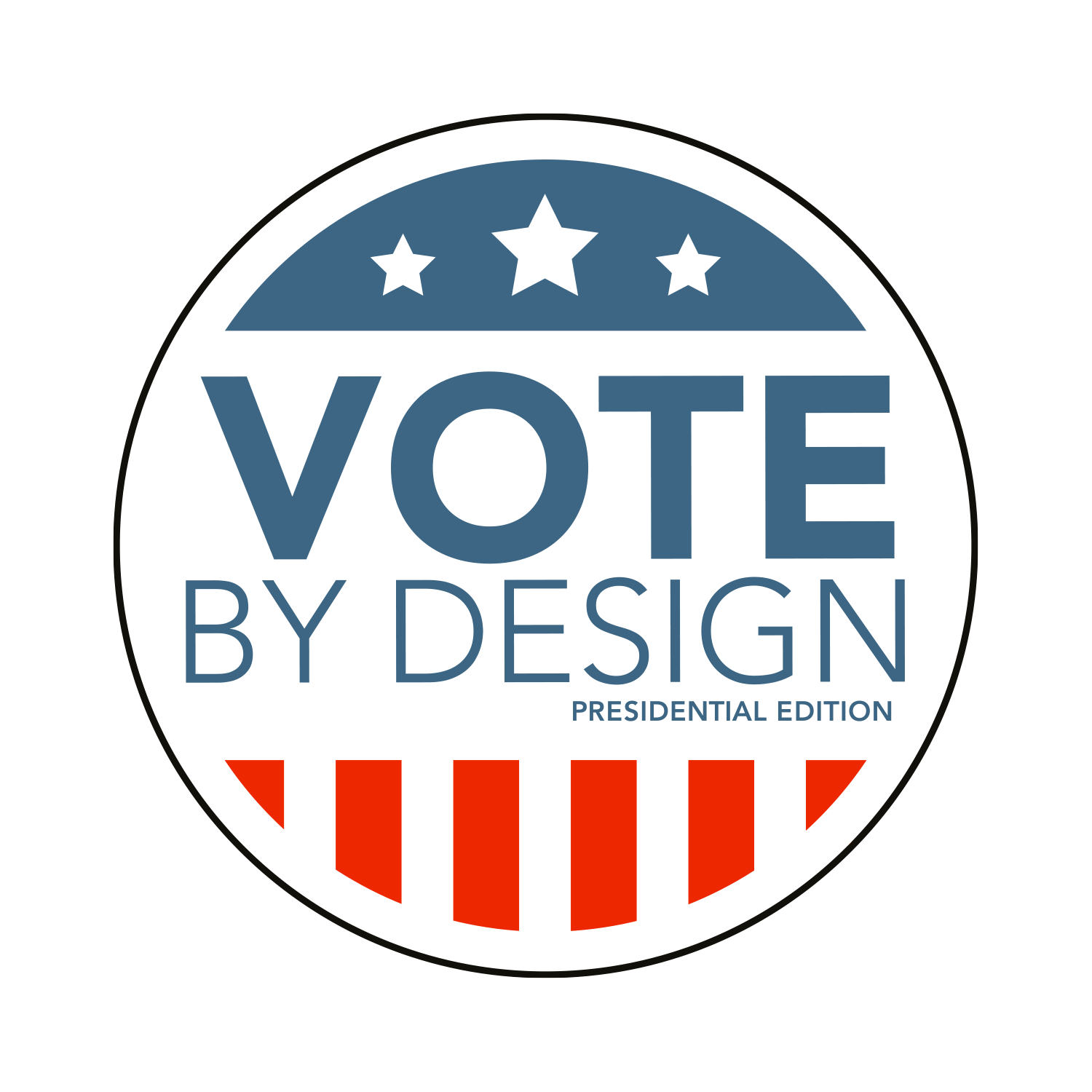
Frequently Asked Questions
FAQs
+ Who created Vote by Design?
Vote By Design (VbD) was incubated at the Stanford d.school in fall 2019 by an interdisciplinary team of designers, educators, and futurists. Lisa Kay Solomon--author, educator, speaker, and Designer in Residence at the Stanford d. School--spearheaded the curriculum as an extension of her expertise and research in futures thinking, leadership development, and facilitating conversations across differences. Lisa partnered with the founders of Worldview Studio, including Nancy Murphy, scenario planner, experience designer and communication expert and Brie Linkenhoker, neuroscientist and expert in cognitive bias and decision making. VbD was piloted as an experimental pop-out class within the Stanford d.school and then run as a public workshop in the bay area, followed by classroom pilots in local high schools in northern and southern California. Since the emergence of COVID-19 in March,2020, VbD has evolved into a fully digital experience and is primed to be brought into classrooms across the country.
+ Why is the program nonpartisan?
Vote by Design is designed to help learners and participants find clarity around what they value, and ignite personal agency and a sense of collective possibility separate from any one candidate. It aims to restore reflection and reframe the decision-making process of voting away from “Which candidate do you like?” to instead ask, “What are the leadership qualities best suited to the job as framed by the Constitution?” and “What does the future need from this position?” This framework disrupts the narrative around partisan division and highlights areas of alignment, increasing hope and unity among students.
+ How much time do I need to run it?
Vote by Design can be run in a single session or over multiple sessions or class periods. We recommend at least 90 minutes of learning minutes for the full experience which includes the immersive futures exercise, but the core lesson plan can be run in 45 minutes or an hour. The workshop can also take a variety of formats: fully digitally, in person, or a hybrid of both. As the facilitator/educator, you get to decide how to utilize the curriculum to best fit the needs of your audience, learning goals, schedule, and capacity to support small group work. Vote by Design’s free, comprehensive Facilitator/Educator Field Guide and Lesson Plan includes everything you need to run the session: learning objectives, technology instructions, a detailed lesson plan, and follow-up resources.
+ Who is the intended audience?
Vote by Design is suitable for all ages, but the learning experience is best suited for high school and college students. It can be successfully and meaningfully run for middle schoolers, as well as older adults.
+ Is there a limit to how many students I can run it with?
Vote by Design can be run with group sizes anywhere between 5 and 300. We find that 20-40 participants allows for the ideal balance between intimacy and diversity of voices and opinions. Please keep in mind that Nearpod, the online platform we use for the workshop, has a maximum of 40 students for the free account and 100 students for the District Nearpod Account.
+ How much does the curriculum cost?
The entire VBD curriculum, as well as our facilitator support materials, are freely available to any educator or organizer who is interested in bringing the workshop to their classroom or community. Under our Creative Commons license (CC BY-NC-SA 4.0), program participants and website users are free to copy and redistribute the material in any medium or format, as well as remix, transform, and build upon the material. You can read more about our licensing and terms and conditions here.
+ What are the technology requirements?
Our online workshop requires a video conferencing platform (we recommend Zoom because it’s free and offers breakout room features) and Nearpod, a free online learning platform equipped with all of our materials and activities. Please note that the free Zoom plan only allows for 40 minute meetings.
Some free alternatives to Zoom include:
- Microsoft Teams: Accommodates up to to 300 participants, breakout rooms included.
- Google Meet: Accommodates up to 250 participants, breakout room feature still in development.
- Skype: Accommodates up to to 50 participants, no breakout rooms.
+ Does the curriculum comply with any core standards?
Vote by Design is mapped onto the California Common Core Standards (see page 22 of the Facilitator Field Guide and Lesson Plan). We cannot guarantee that our lesson maps onto other state-specific standards; however, if you happen to map them out for your state, please contact us!
More questions? Contact us at info@votebydesign.org

